From cocktails to soup: What food around the world is regarded as 'Russian'
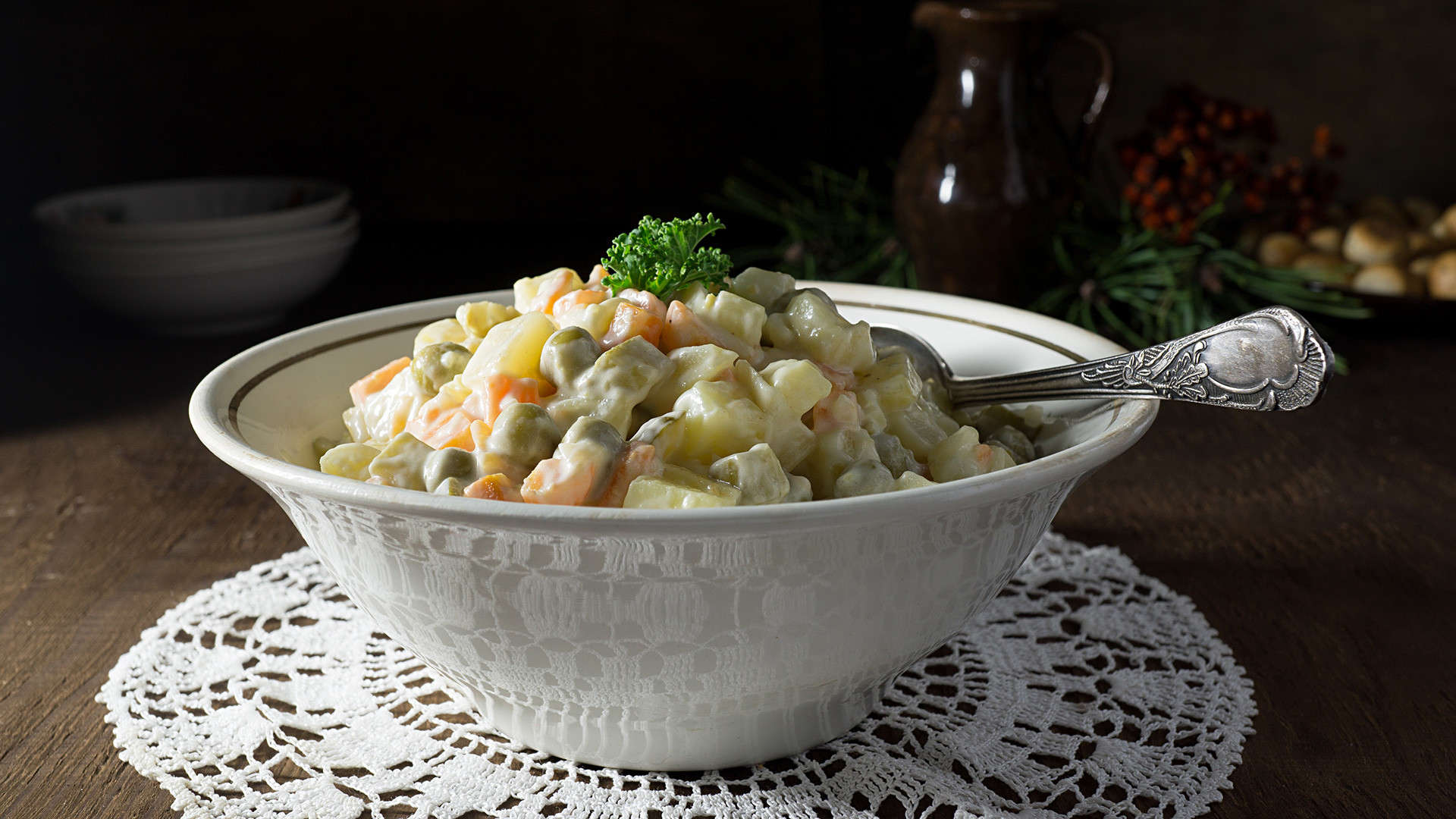
Delicious starters, thick soups, mouthwatering desserts, and CLASSY cocktails: All are known as “Russian,” but some of them you will never find here.
1. Russian Imperial Stout
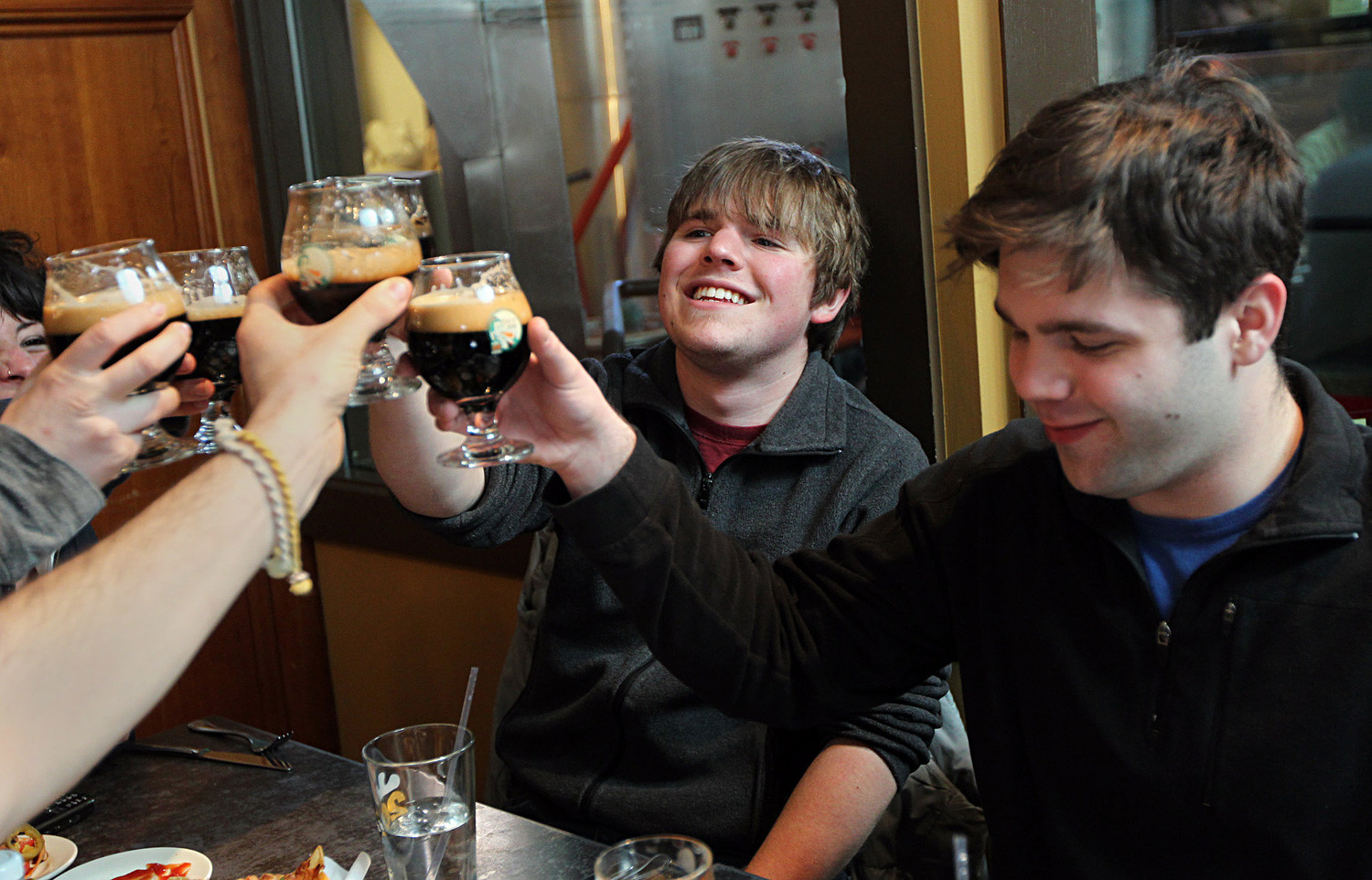
In the 17th century, Britain was the main supplier of beer. Russia’s Imperial court preferred dark brews, but delivering beer to Russia was rather difficult: Beer didn’t travel well on ships that were tossed around by the waves, so to increase the shelf life of stout British brewers increased its density and ABV and called it “Russian Imperial Stout.” Legend has it that Catherine the Great (1729-1796), was a fan of beer and the first Empress to appreciate the new brew.
Meanwhile, in Russia, you’re unlikely to find this beer. Today, it’s mostly produced in the UK and
2. Black Russian
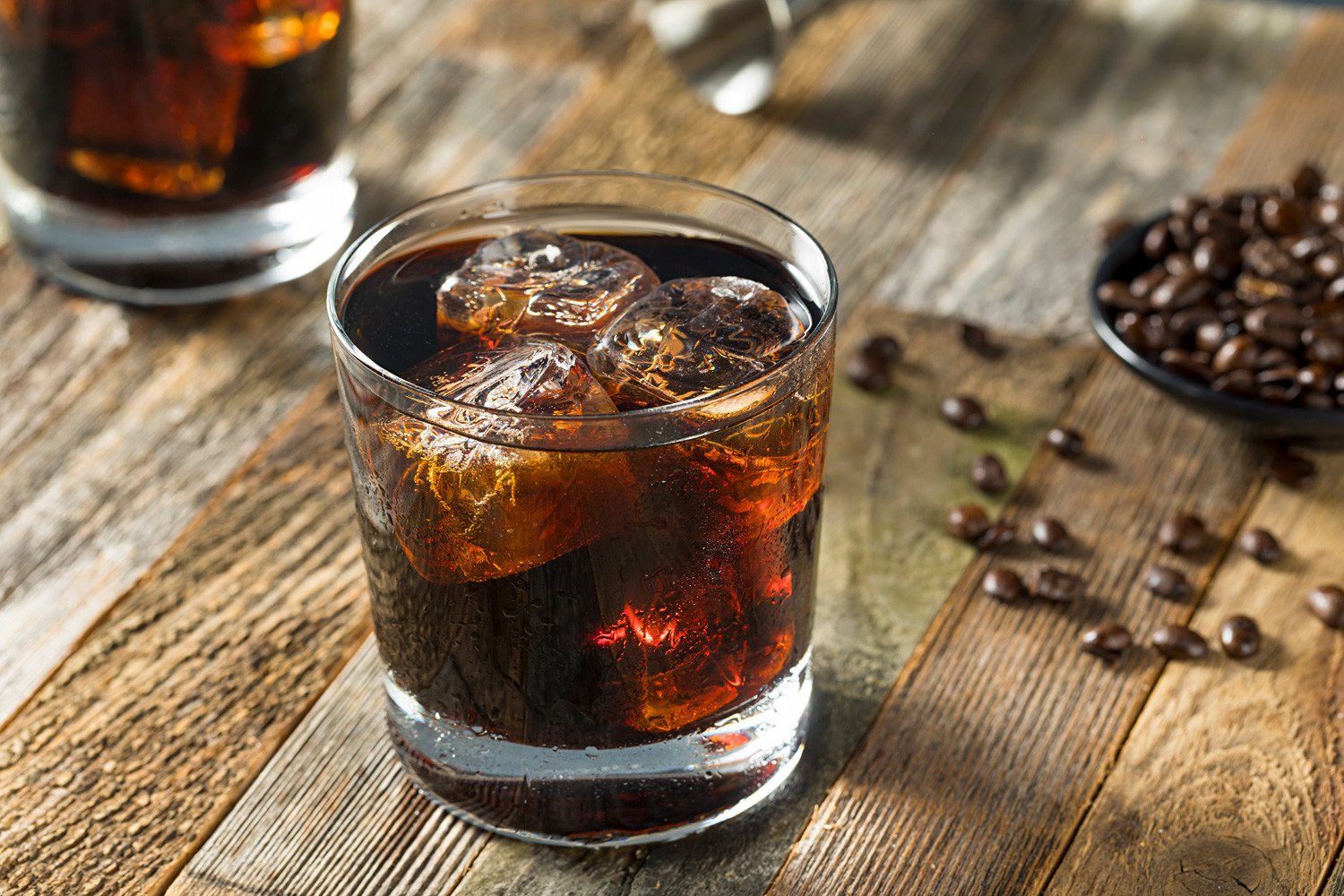
3. Russian coffee
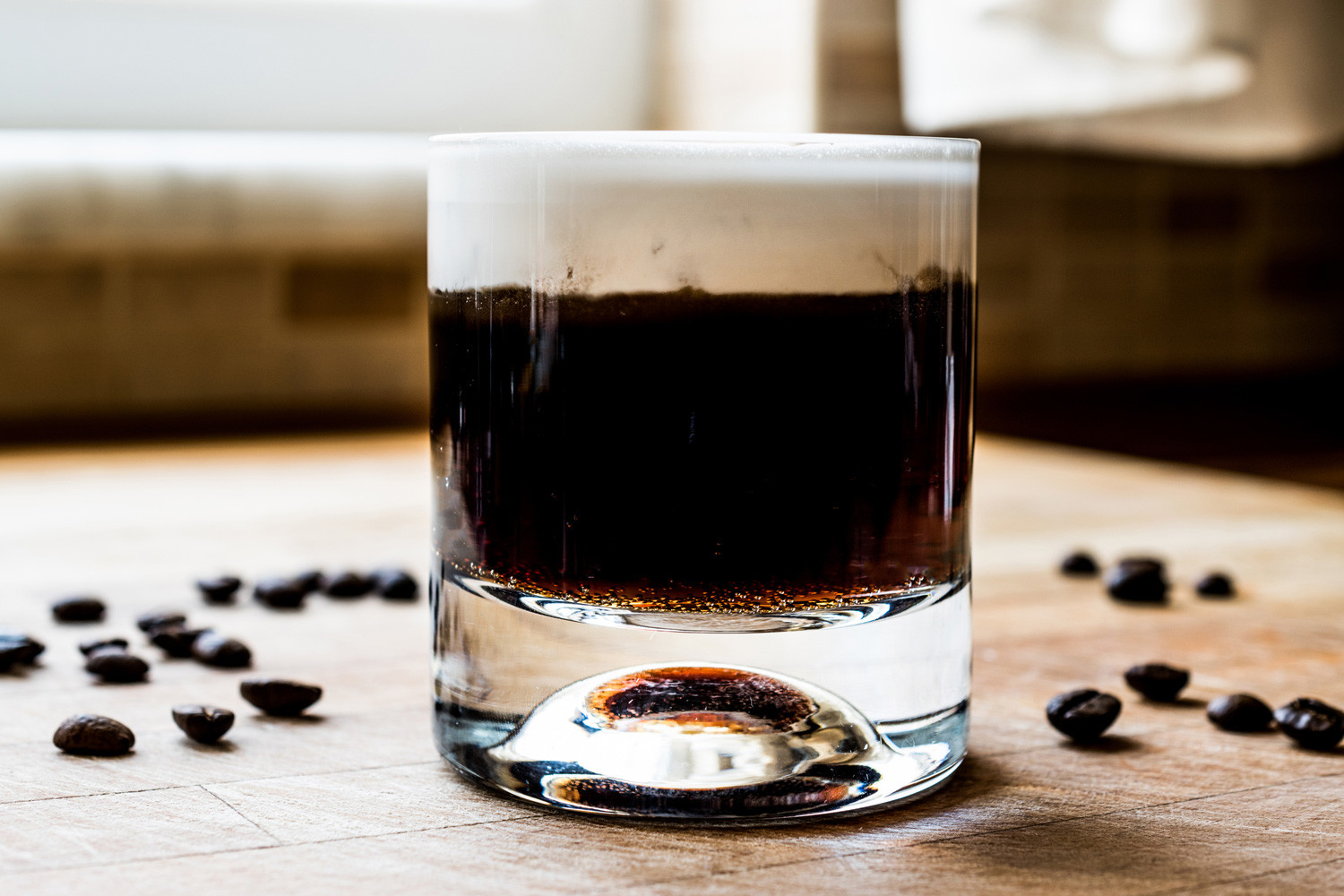
4. Russian salad
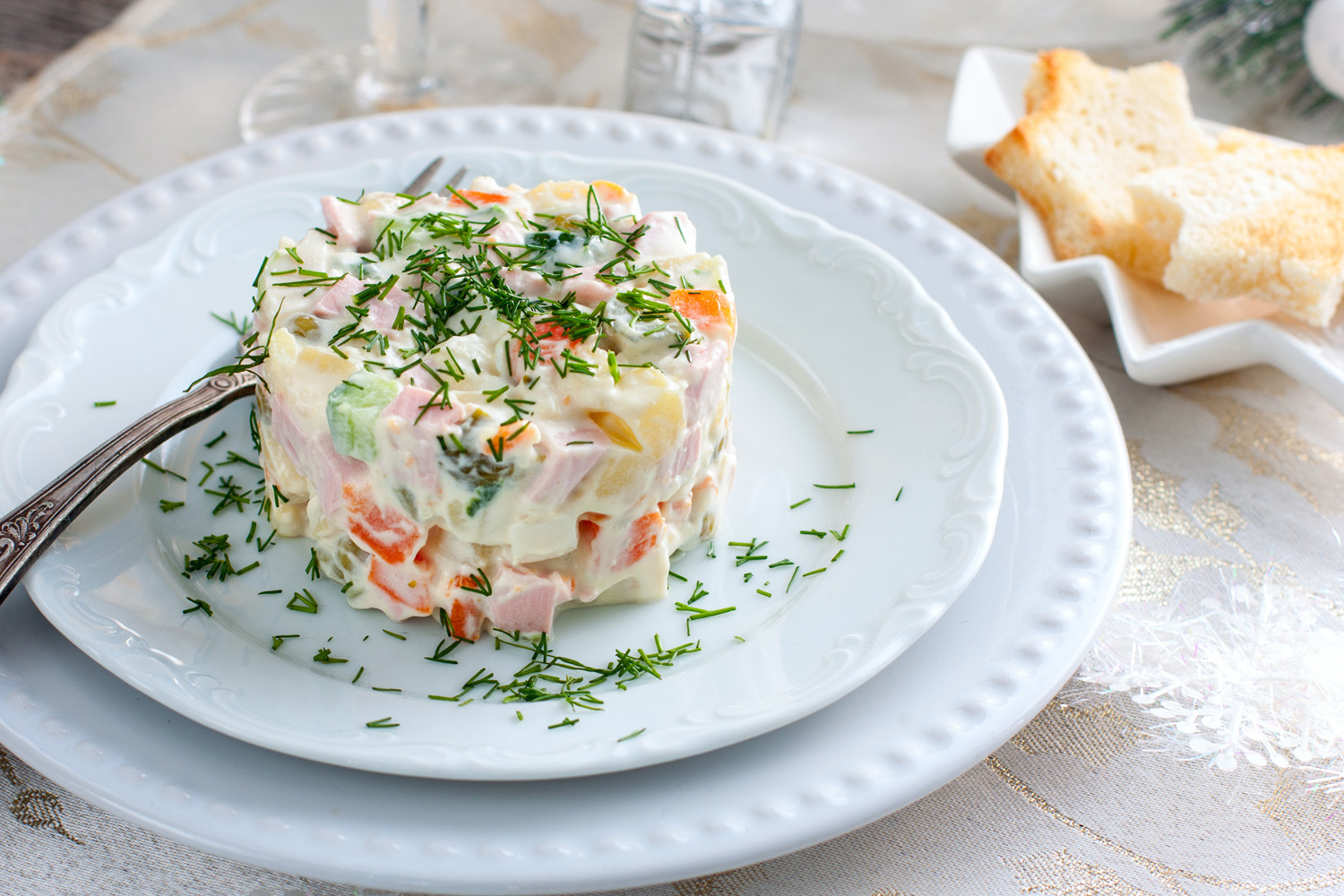
5. Russian eggs
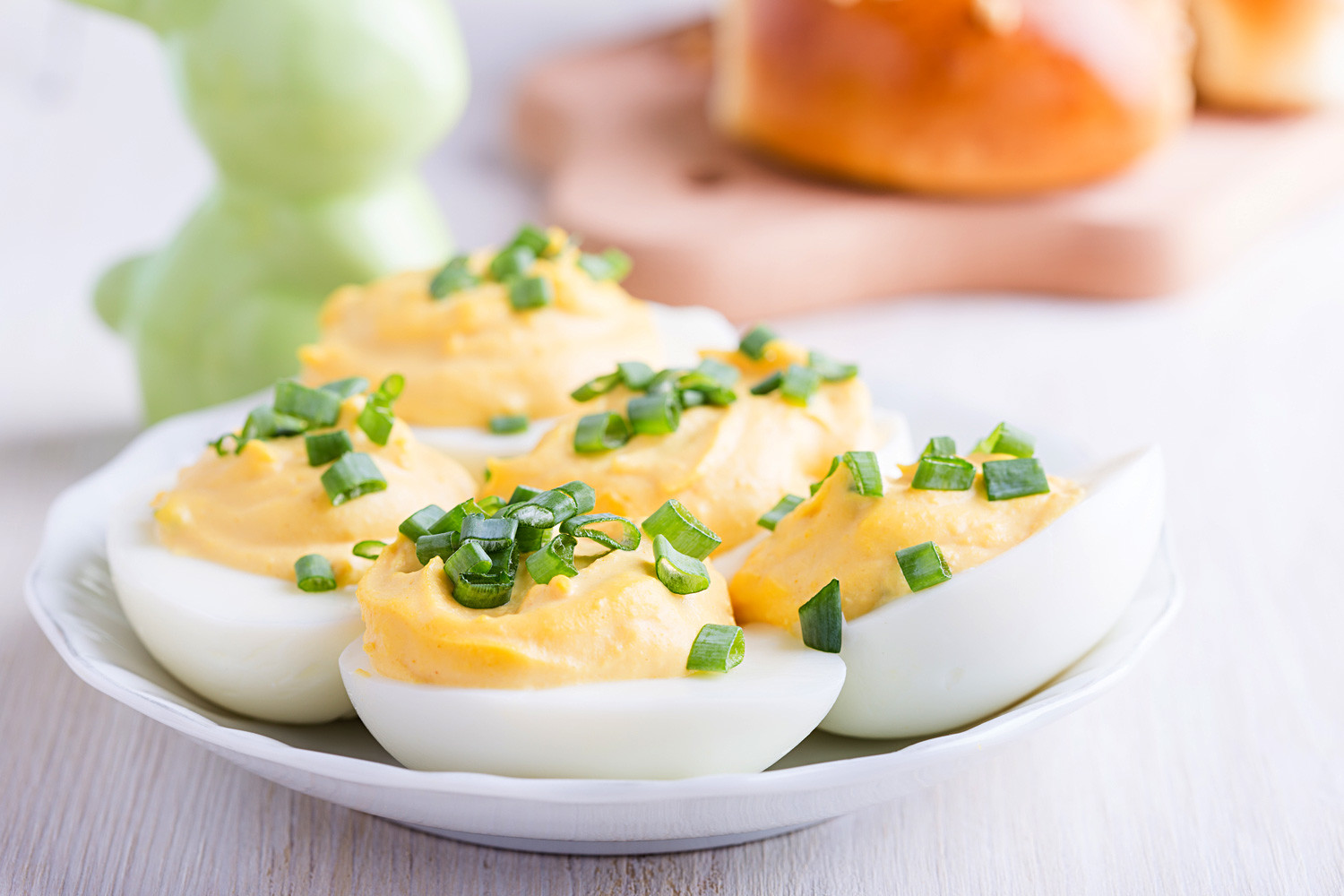
6. Russian fish soup
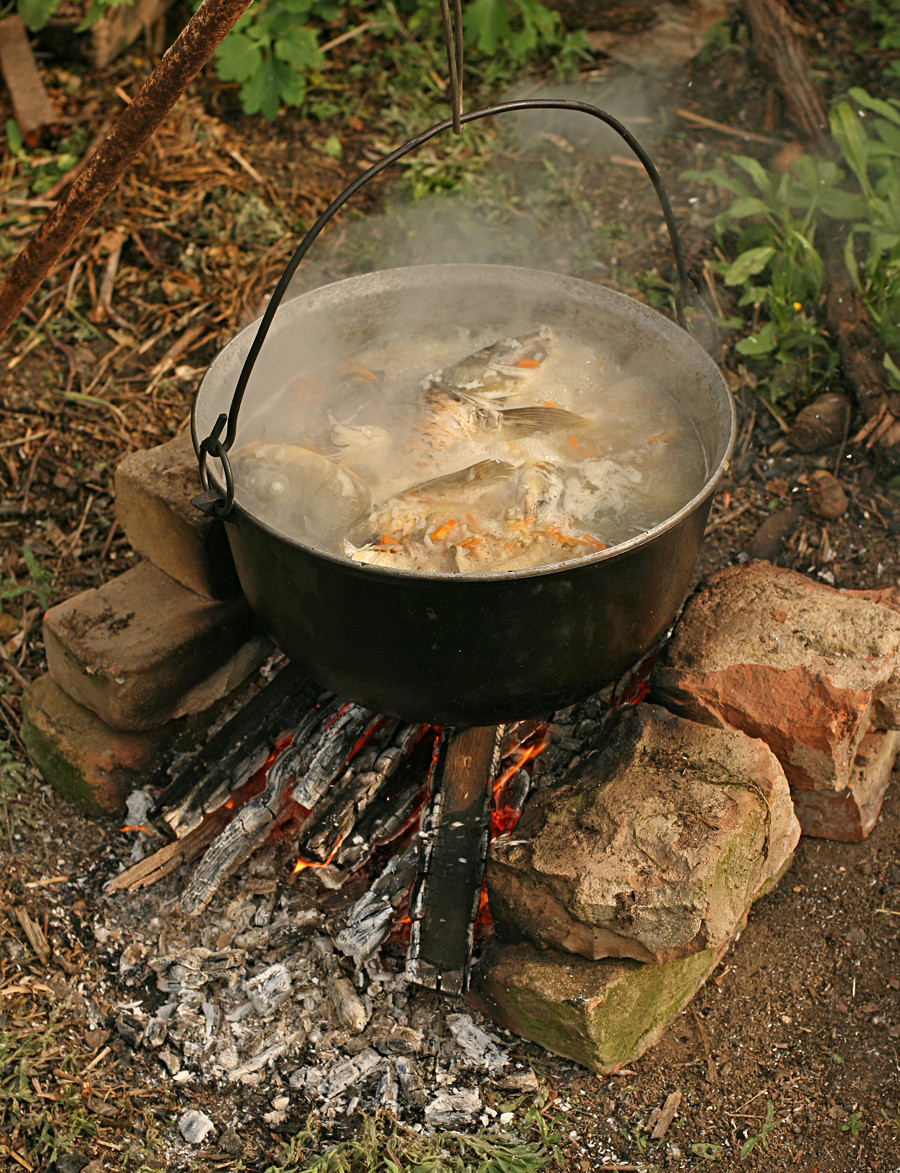
Traditional Russian fish soup is one of the oldest dishes in the country. Nevertheless, there’s no strict recipe - it depends on the taste you want to achieve. Salted and fresh salmon, trout, cod, and sturgeon are all great - so too rockfish and burbot. It’s popular during the summer months when many Russians enjoy fishing in the countryside. If you’re confident in your cooking skills, try this recipe for triple ukha. Cream fan? Grab this recipe using Karelian salmon ukha.
7. Russian candy

The toffee-like dessert called
8. Russian crepes
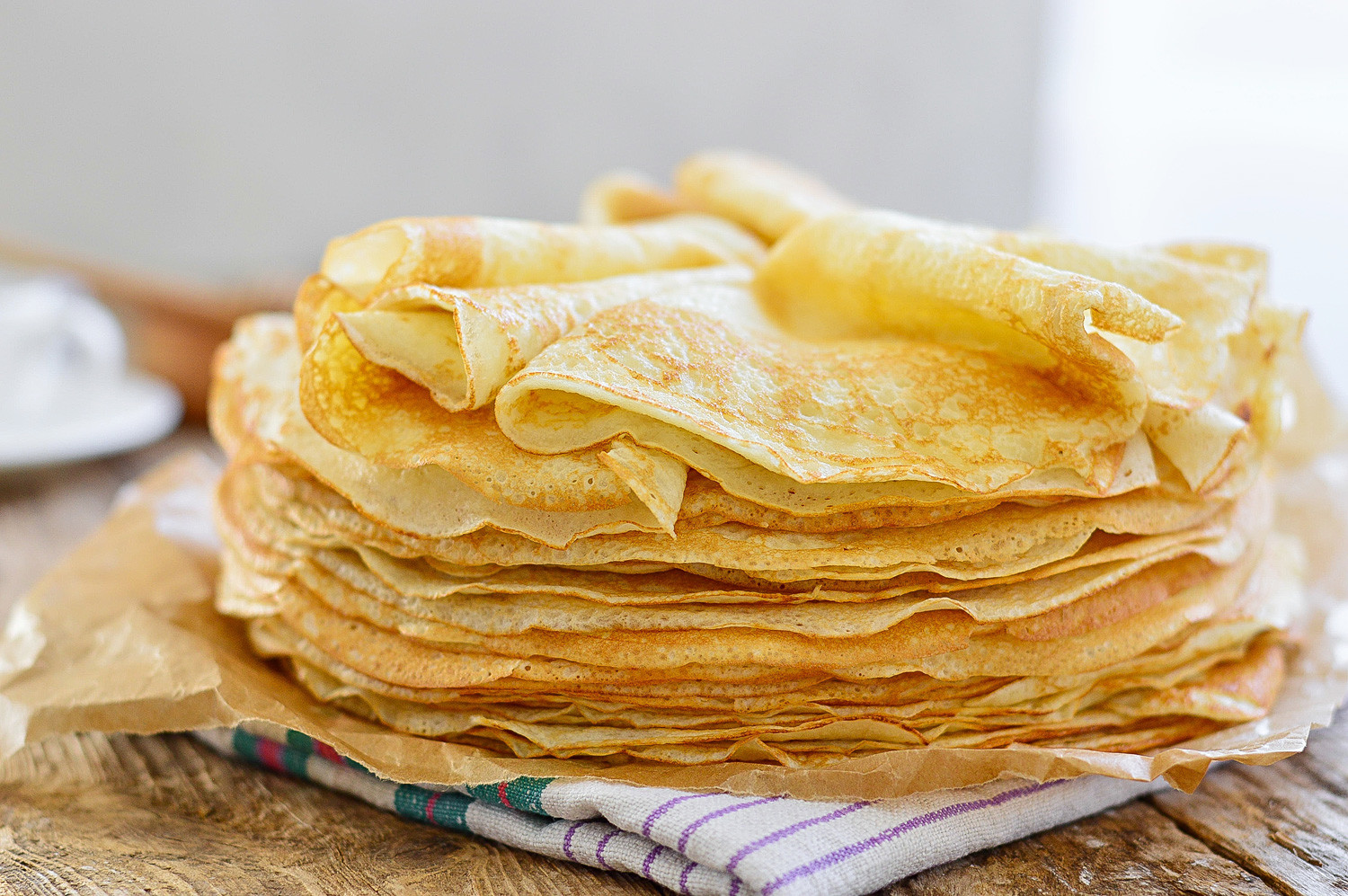
Blini, or Russian crepes, are one of the oldest traditional dishes in Russia and date back to pagan times when they symbolized the sun and eaten as part of rituals. To this day, blini are the main dish of Maslenitsa, marking the end of the winter.
Russian blini are very different from any other pancakes. Take, for example, American pancakes: They are small, thick, and dense (like Russian oladyi). Russian crepes are big, light, and lacy.
9. Russian dumplings
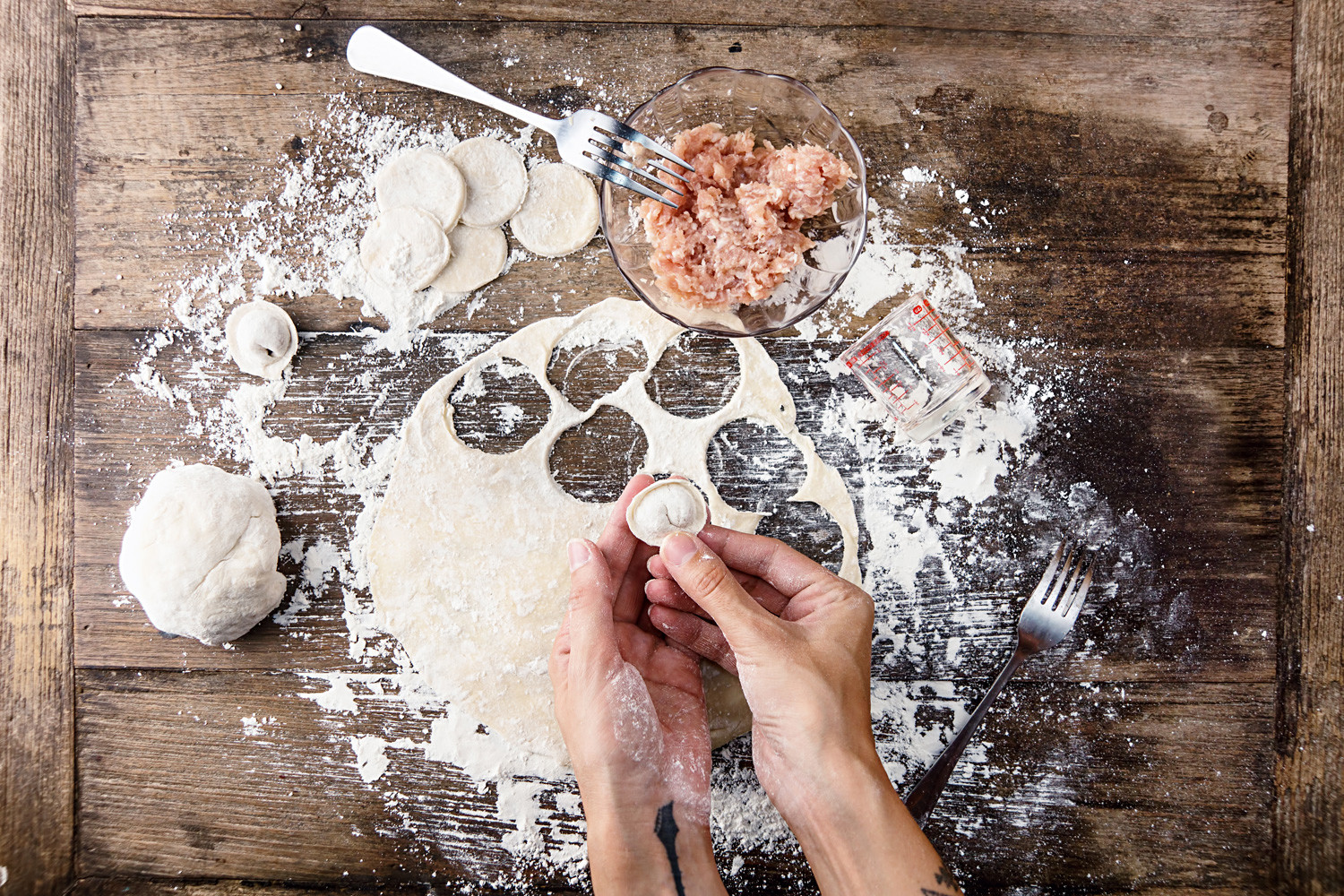
Pelmeni dumplings are considered Russia’s national dish. Usually they are made of dough stuffed with meat, but actually, Russia has invented so many varieties of pelmeni that your tastebuds will never be bored. Manty (steamed dumplings), vareniki (dumplings with boiled filling, most often sweet), pozy (steamed meat dumplings), beriki (lamb dumplings)… Almost every Russia’s region has its traditional recipes. Here are some ideas for your lunch.
10. Russian cake
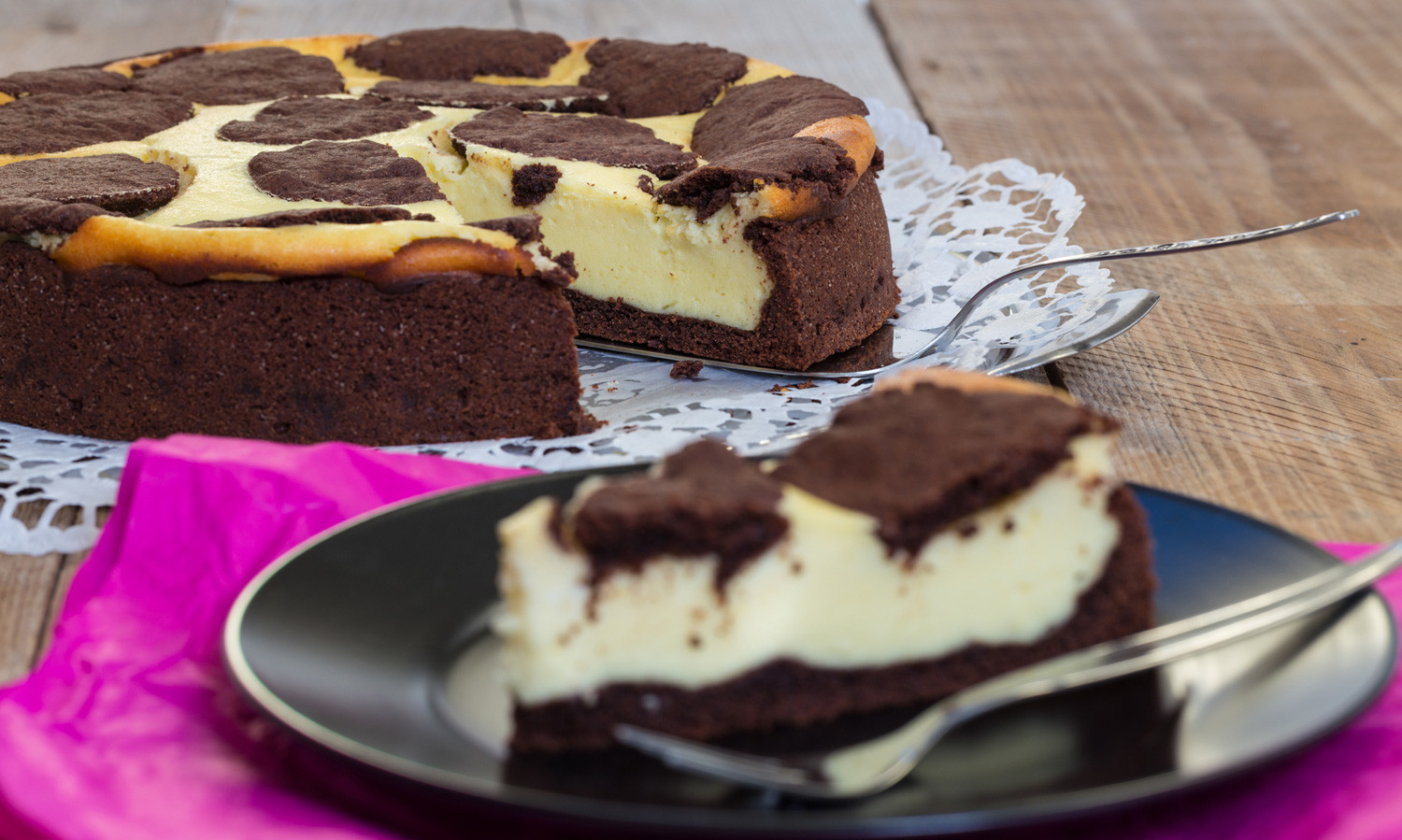
Russischer Zupfkuchen is the old German sweet cake made from chocolate pastry, quark, and vanilla pudding. The author of the recipe is unknown. The word “kuchen” means cake and “zupfen” means “to pinch” – the cake is decorated with small “pinches” of pastry and is similar to cheesecake in taste. Actually, Russian’s often use quark and cottage cheese in baking but there is no Russian equivalent to this dessert. Its nearest kin is tvorozhnik – try the recipe next week.
Read more about things that are called “Russian”!
If using any of Russia Beyond's content, partly or in full, always provide an active hyperlink to the original material.
Subscribe
to our newsletter!
Get the week's best stories straight to your inbox